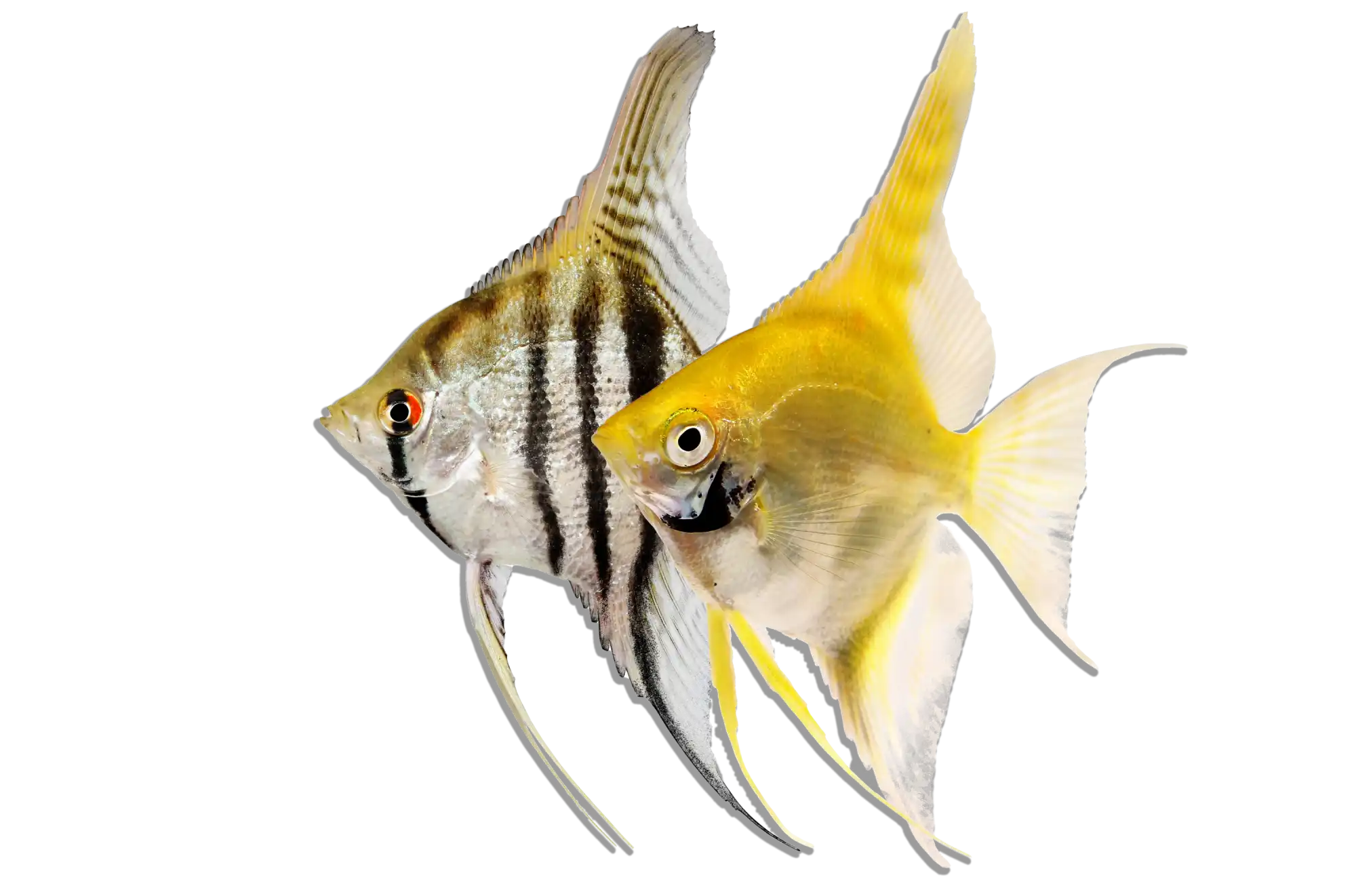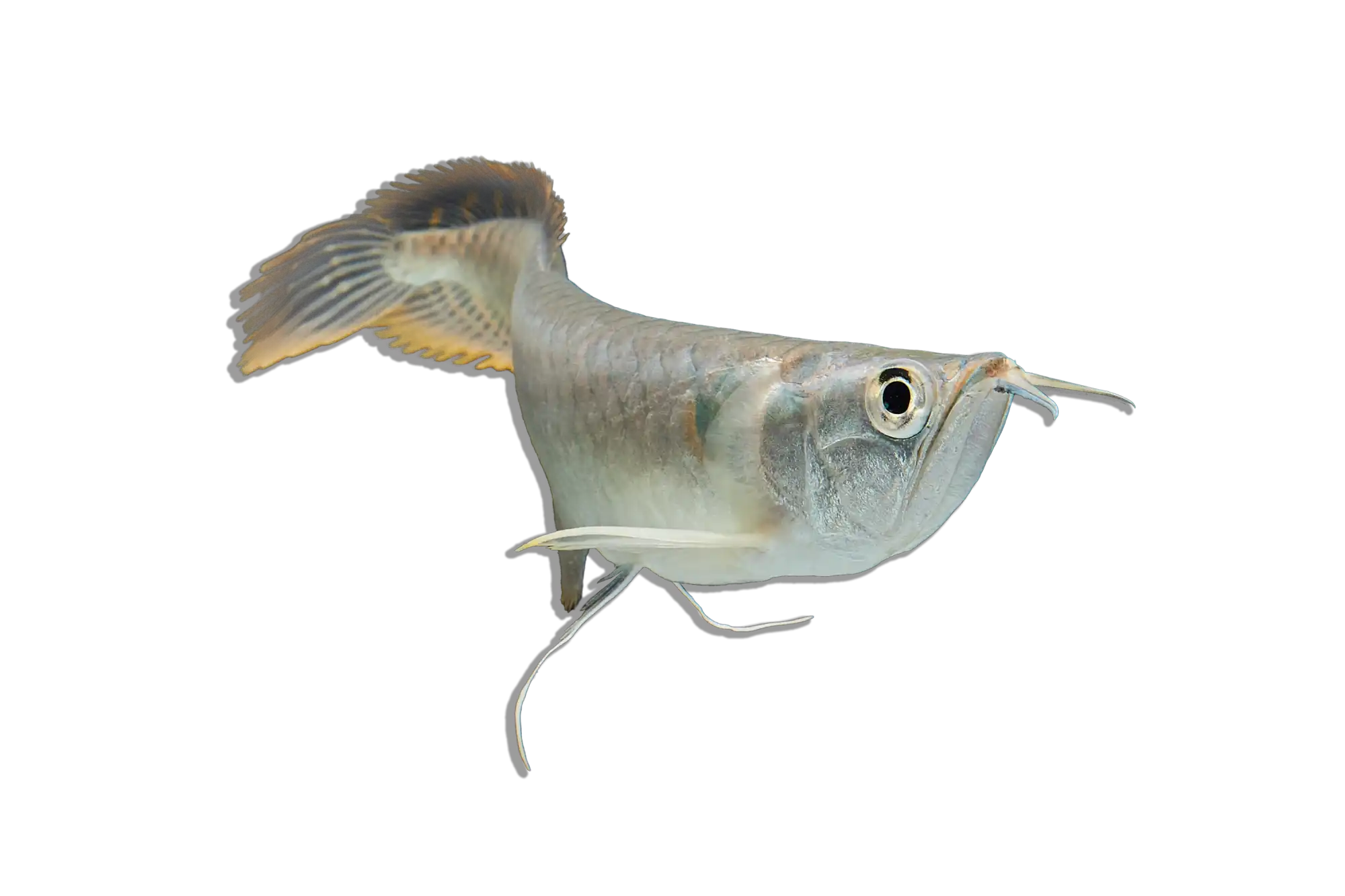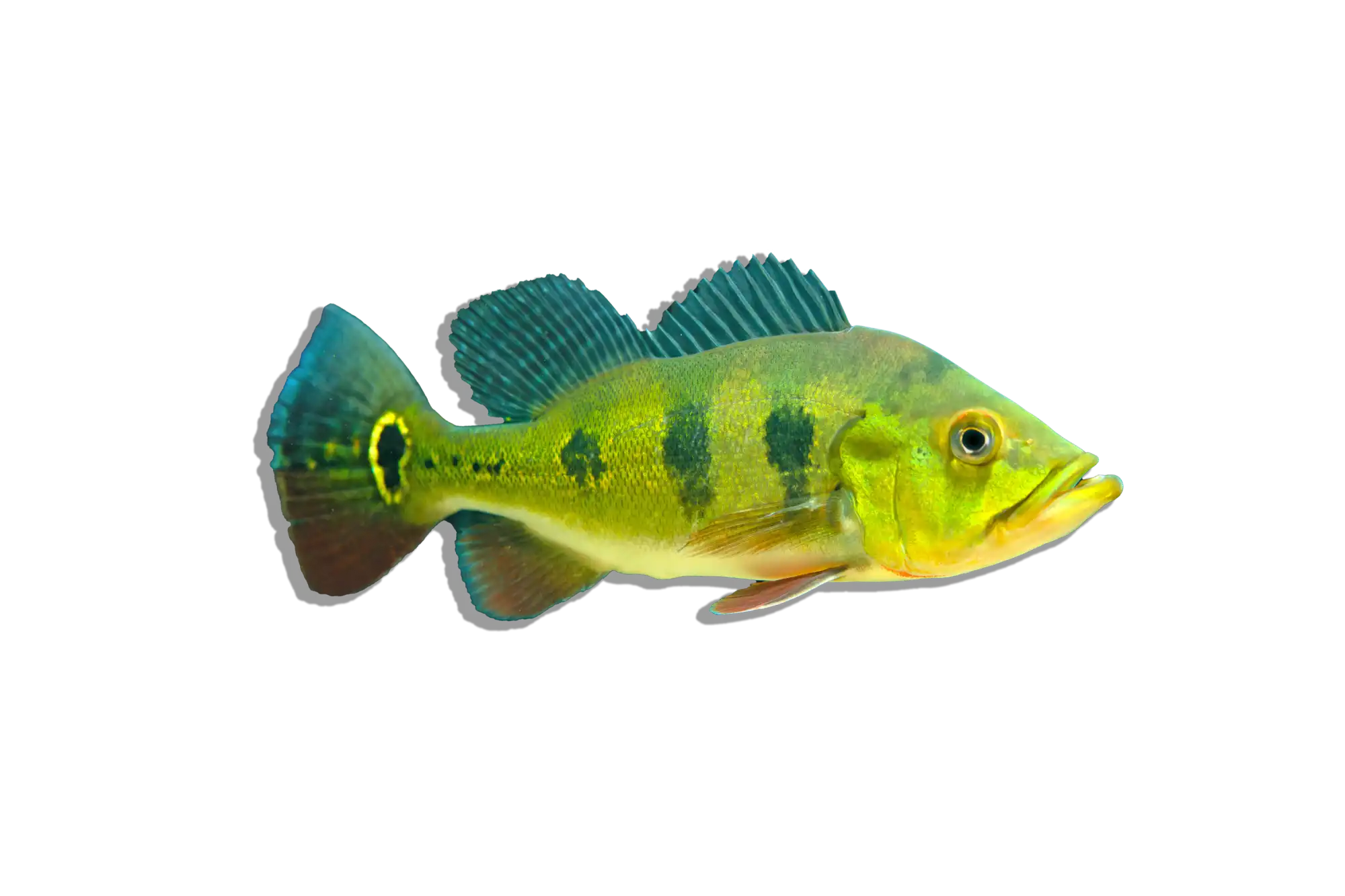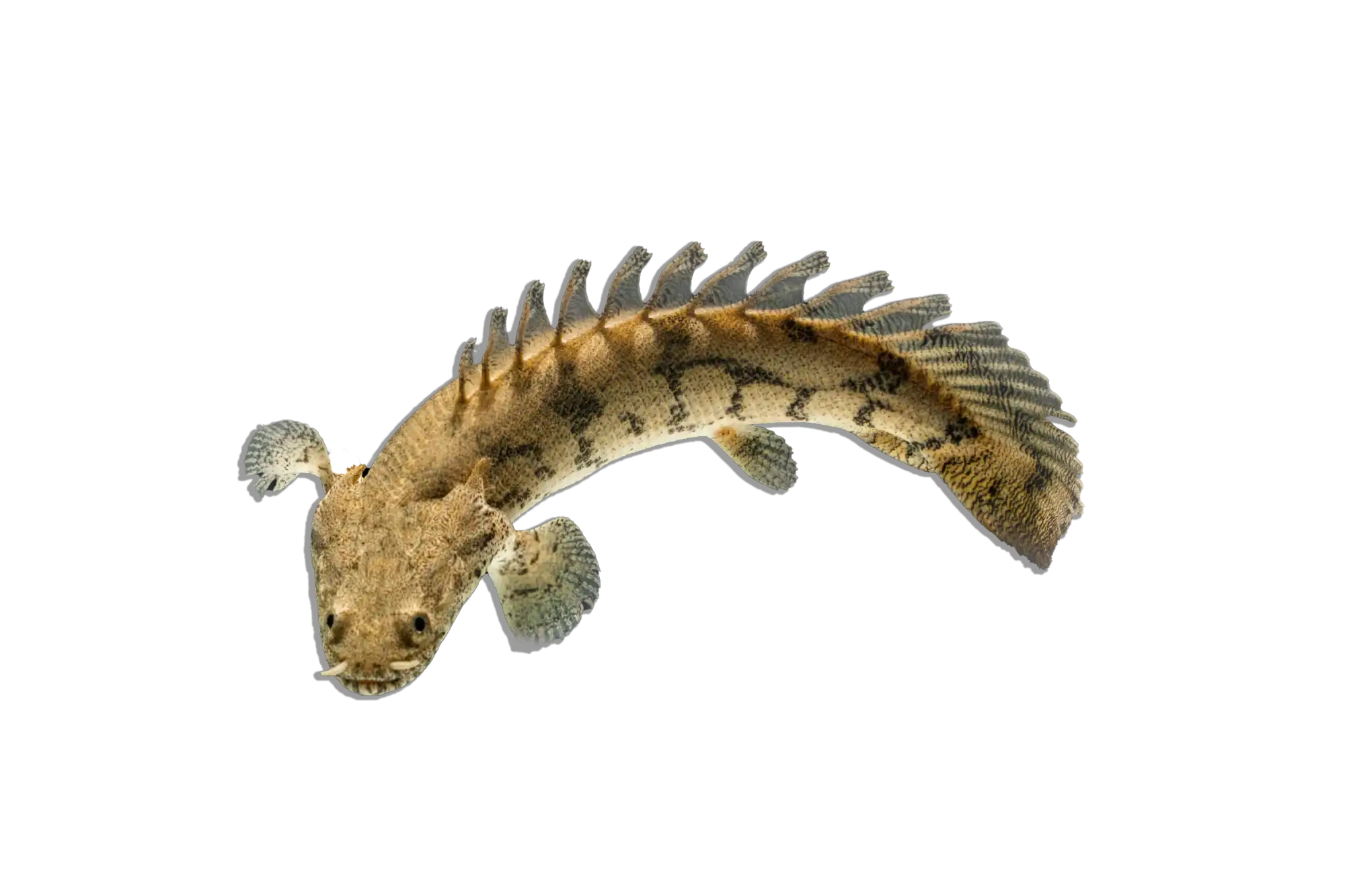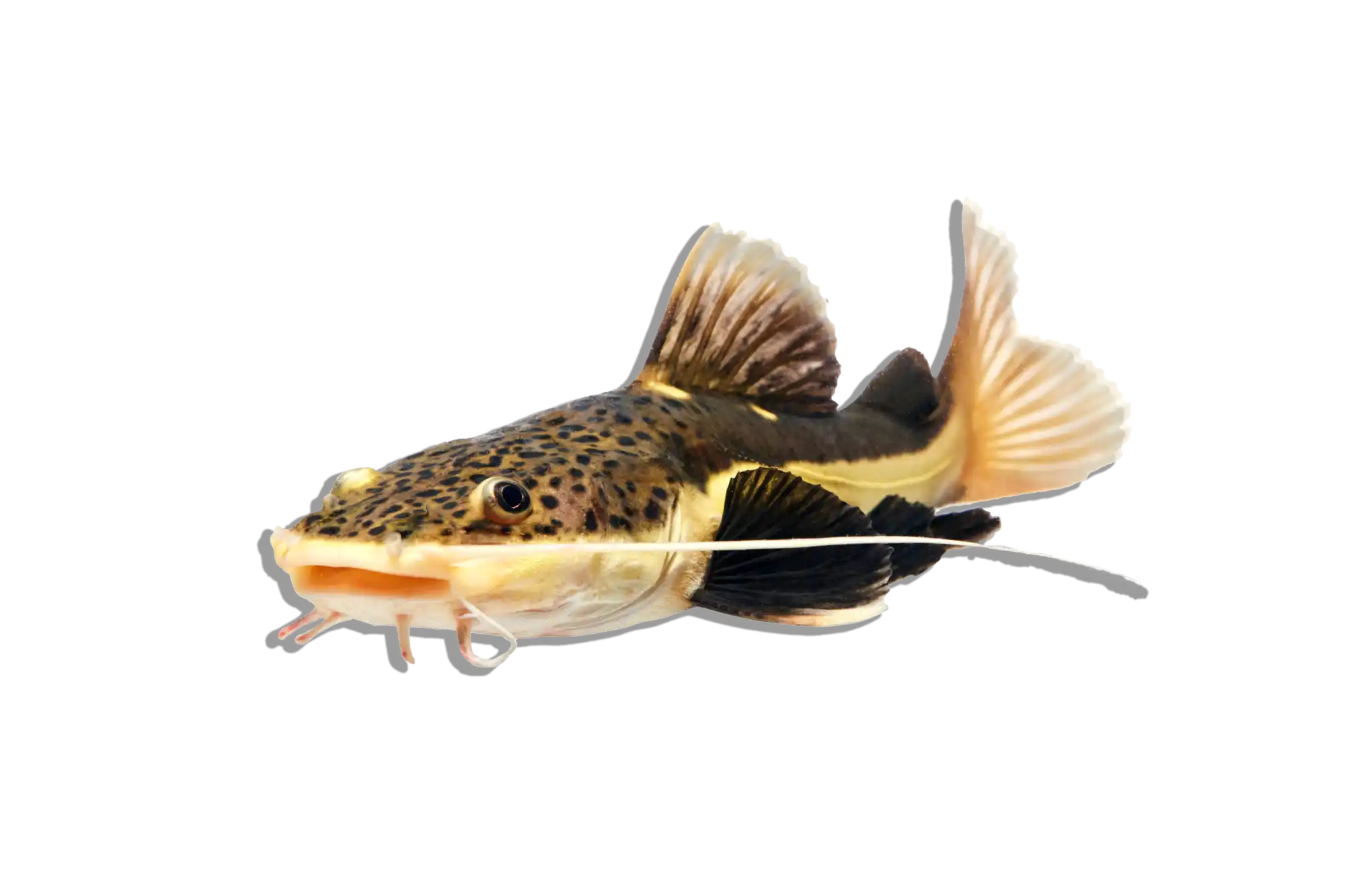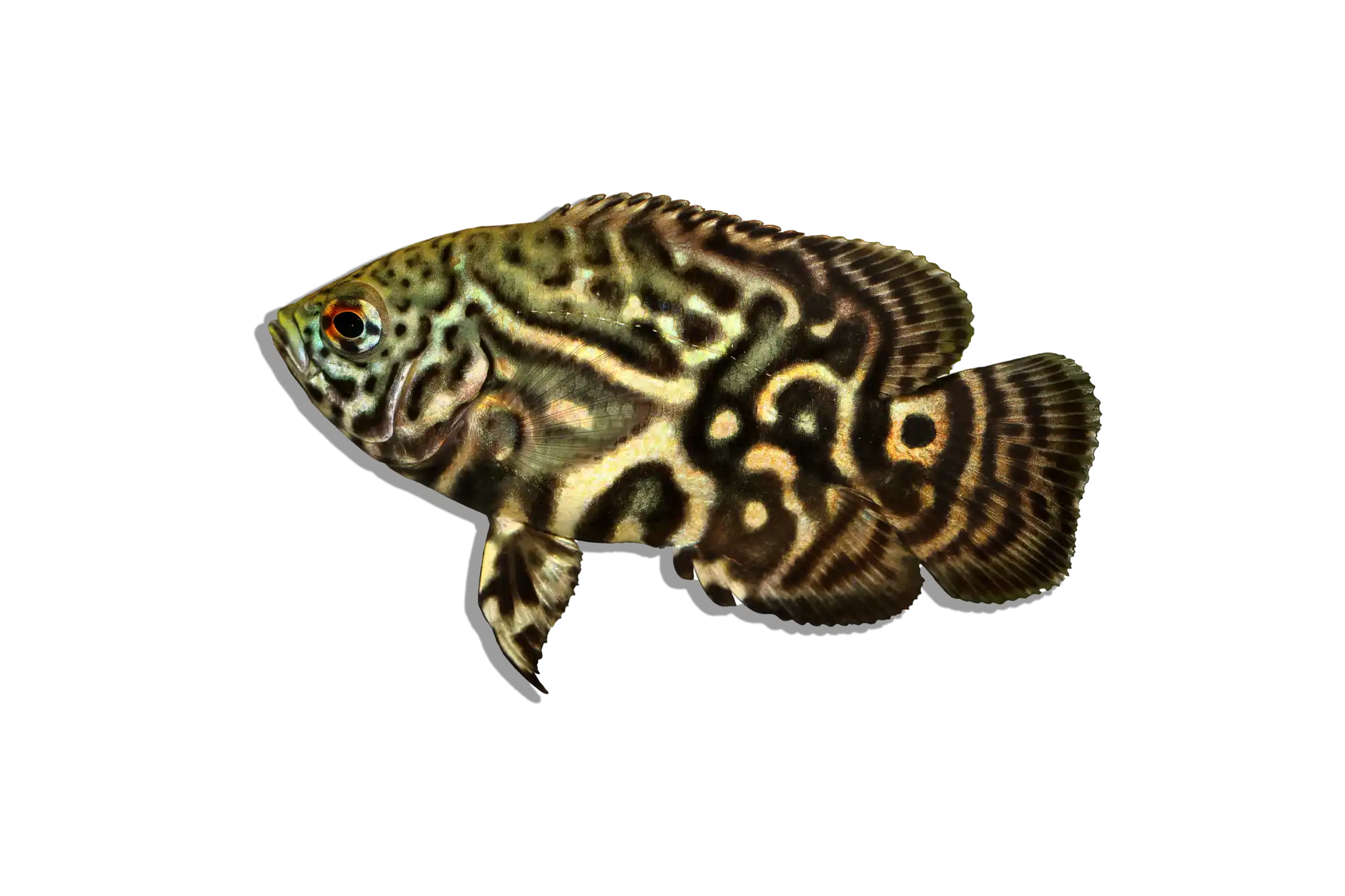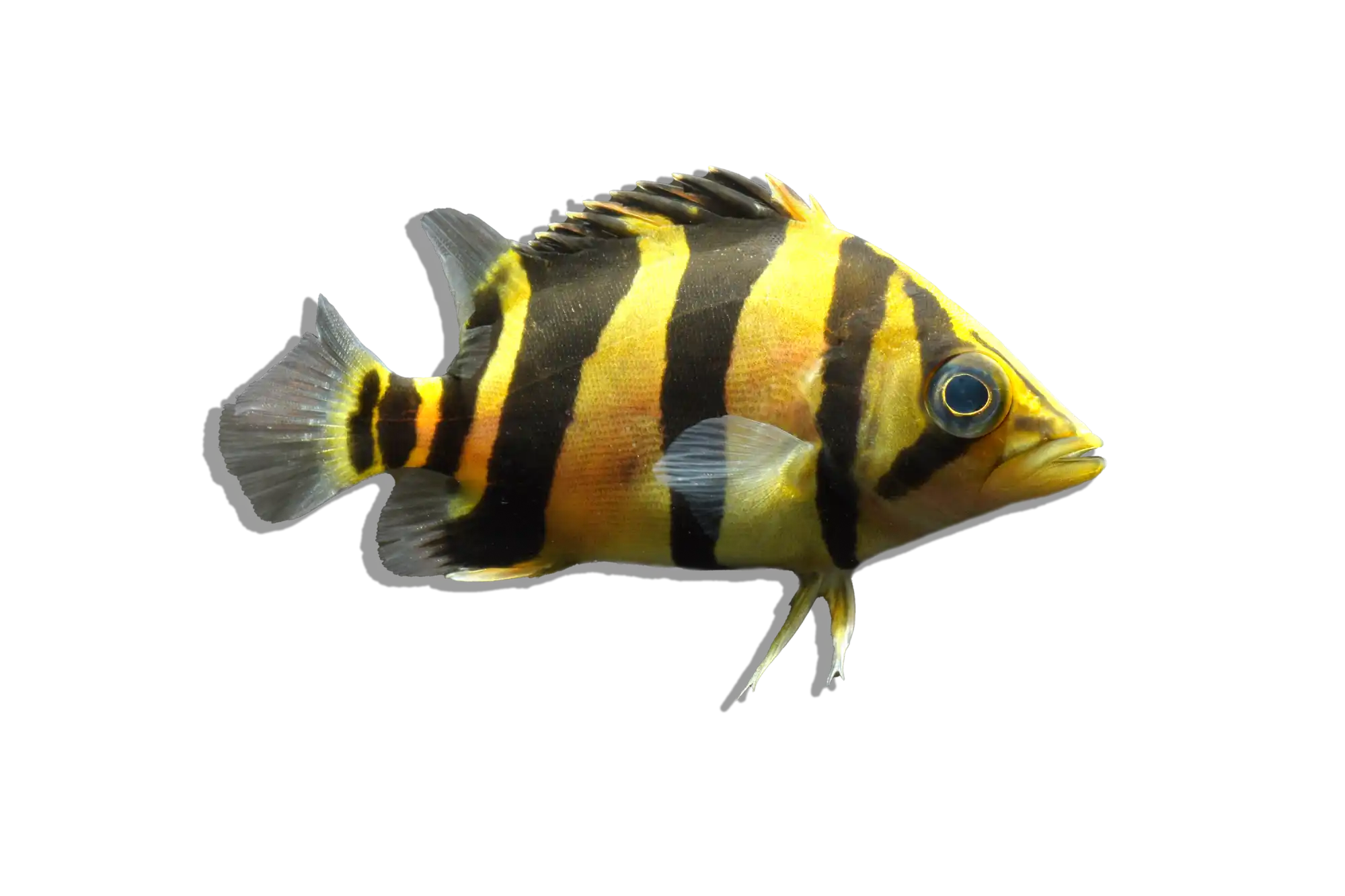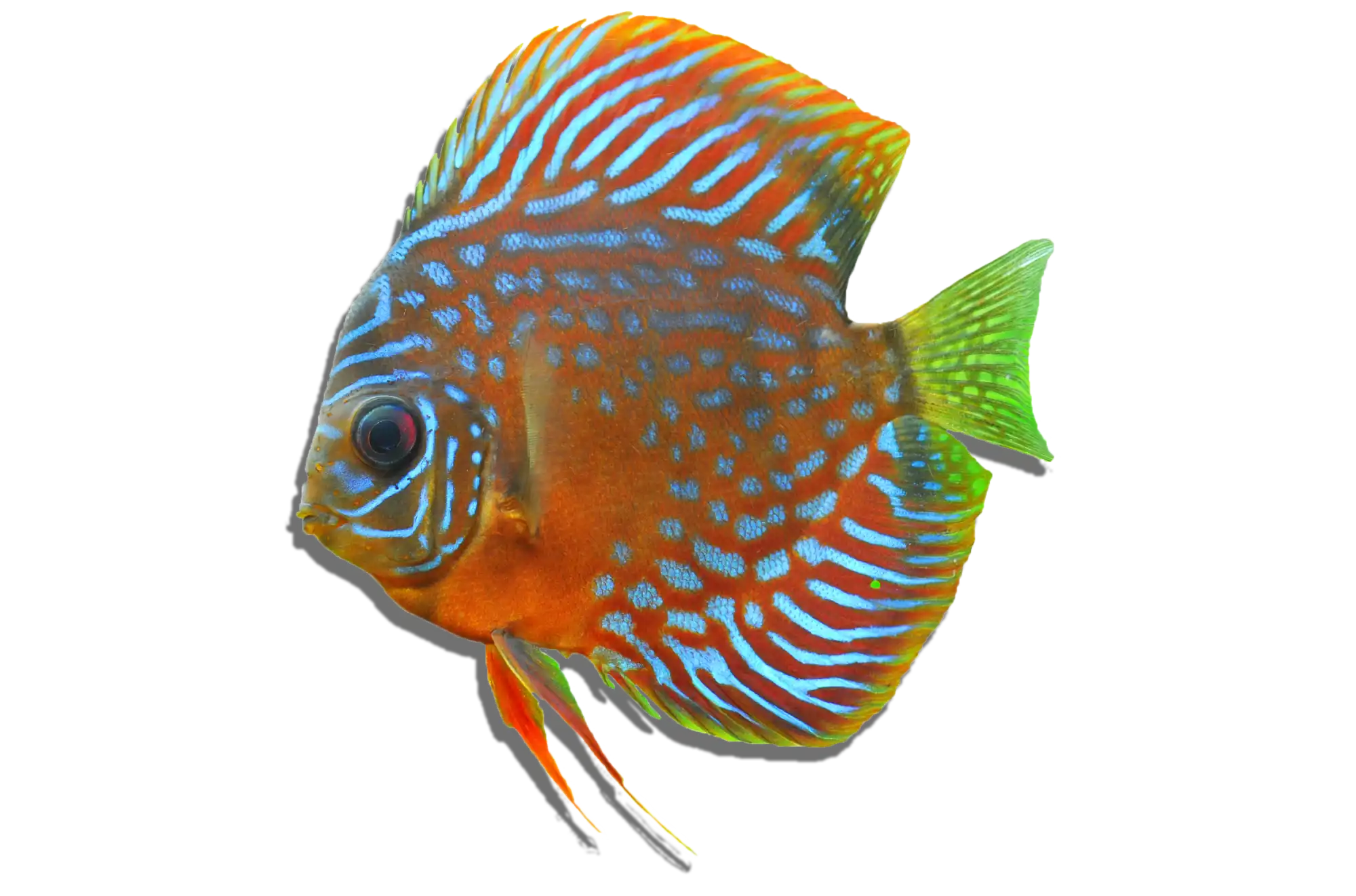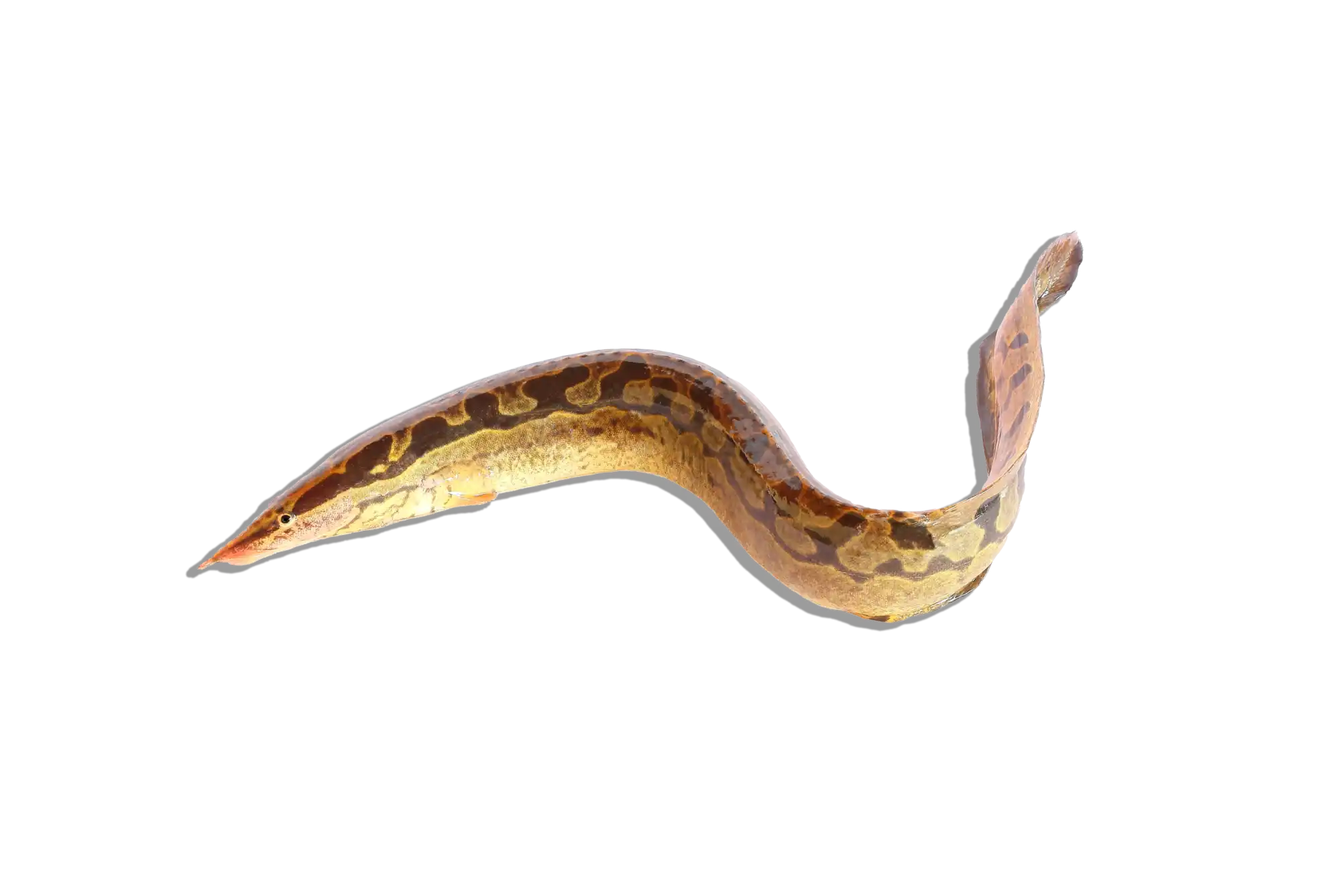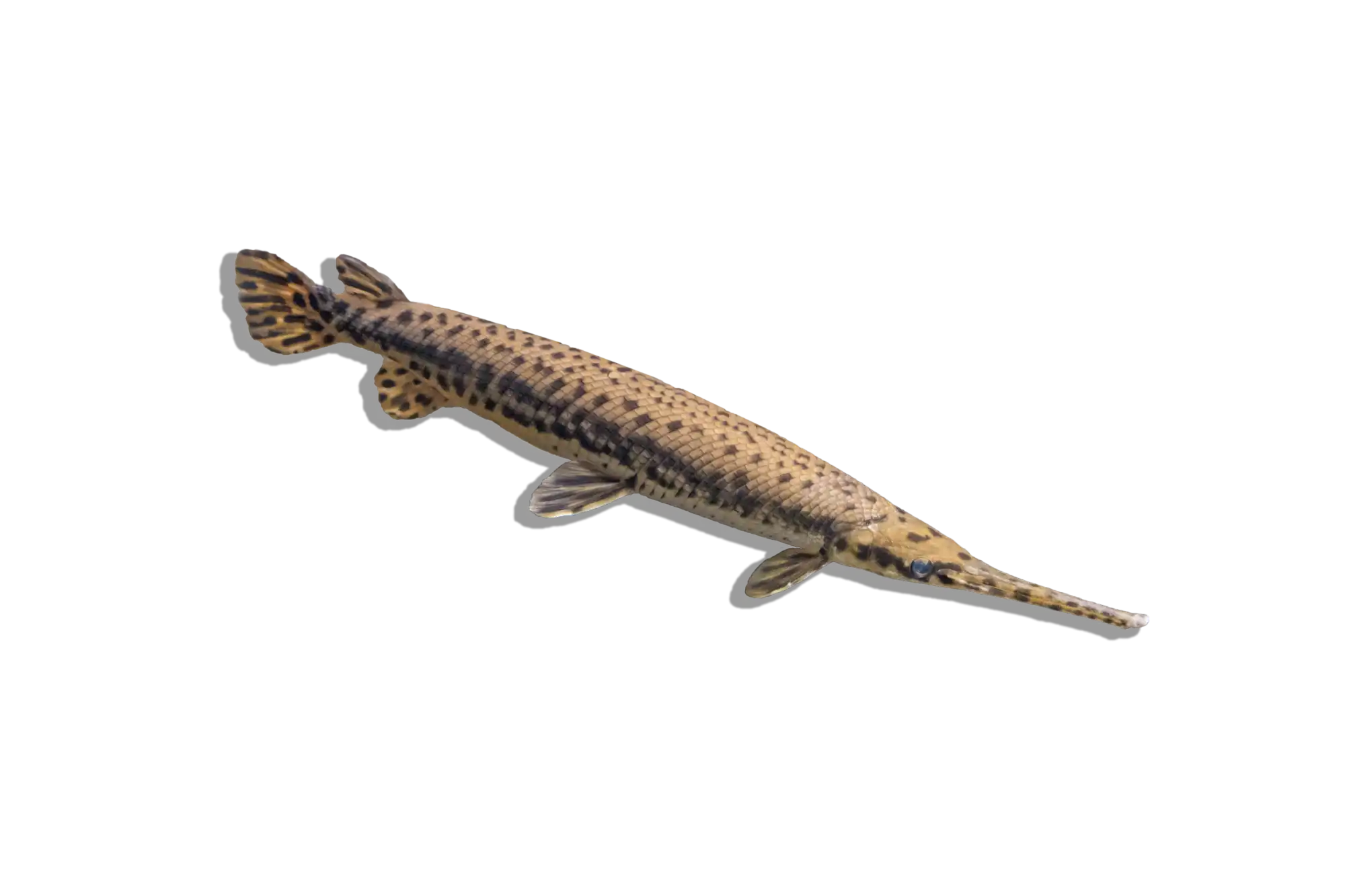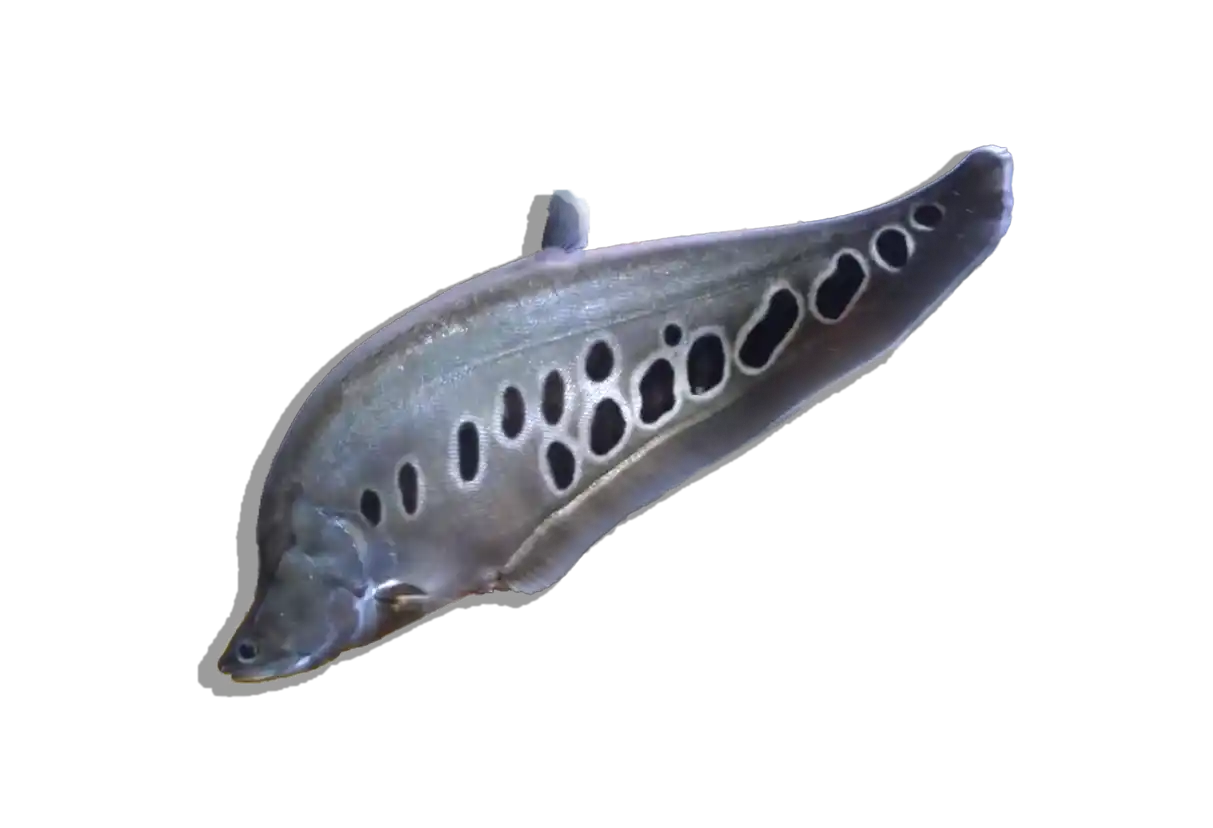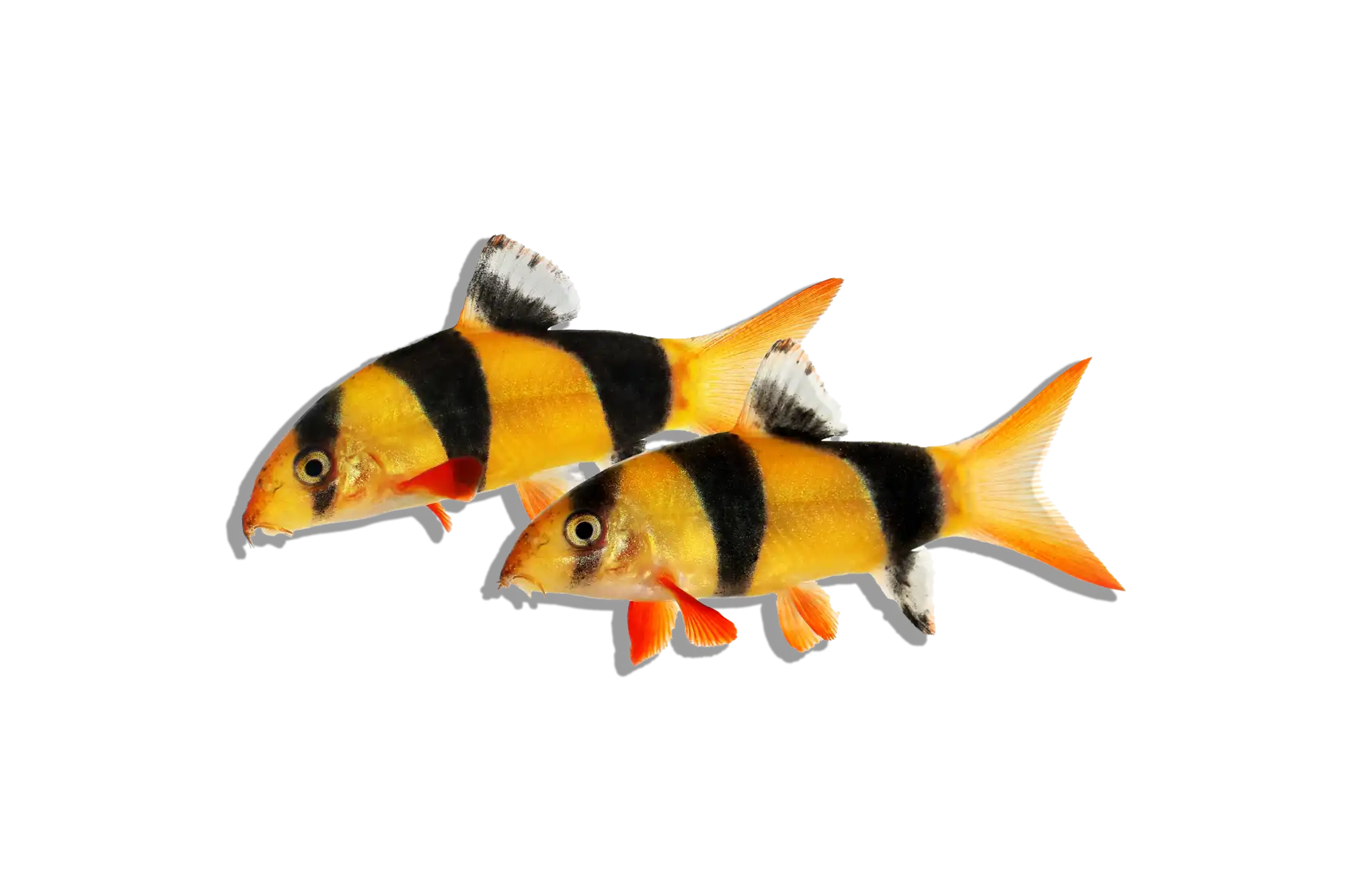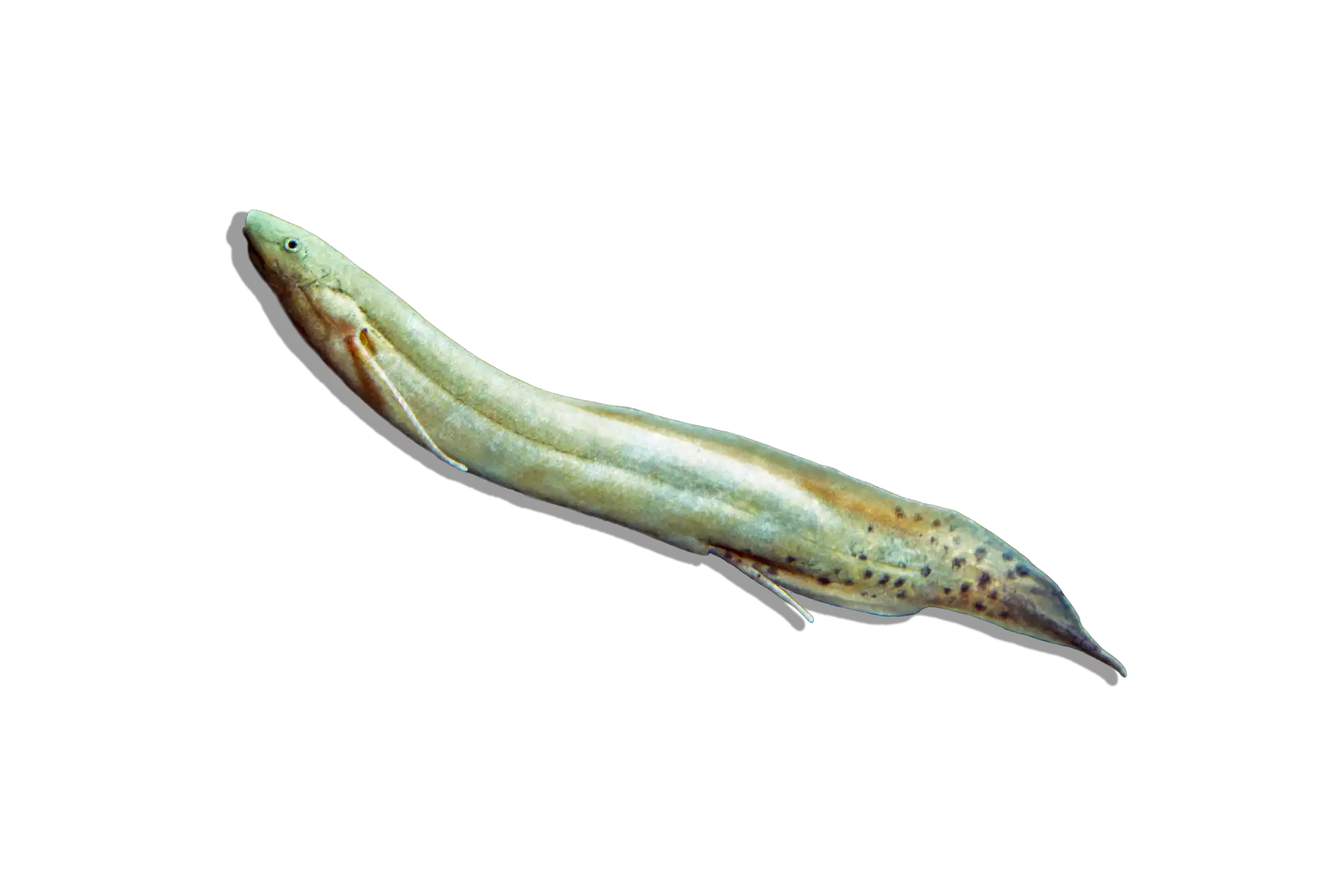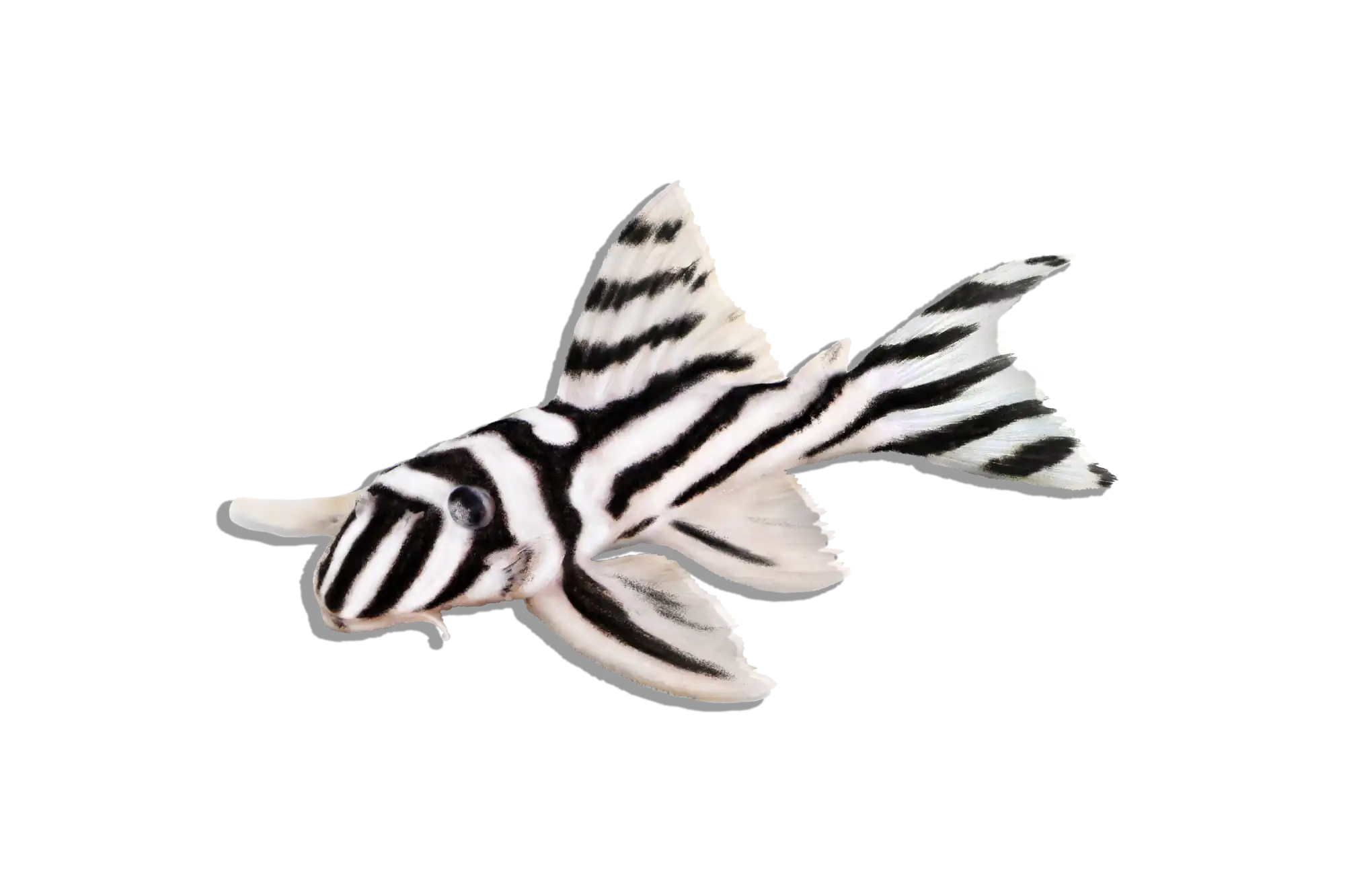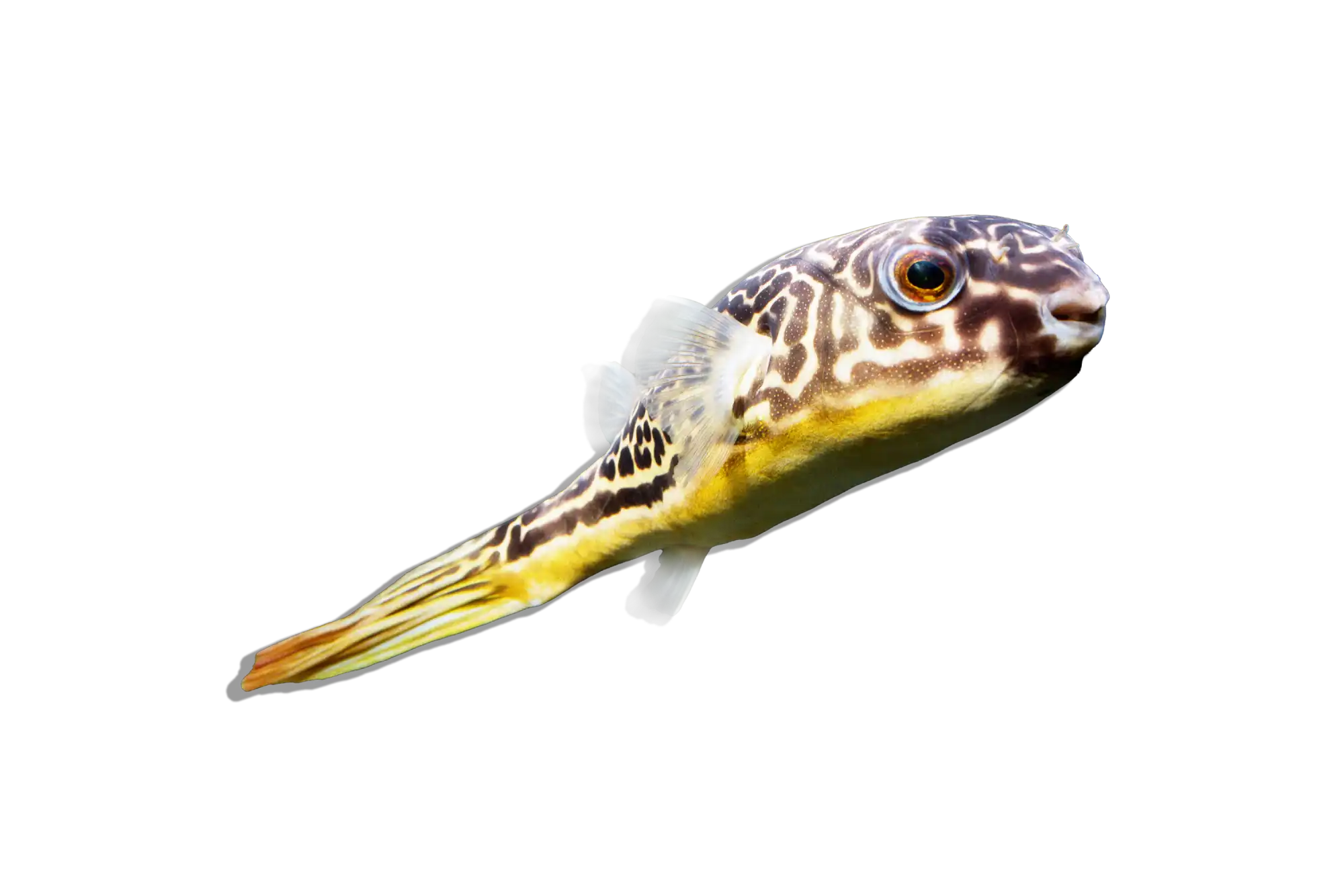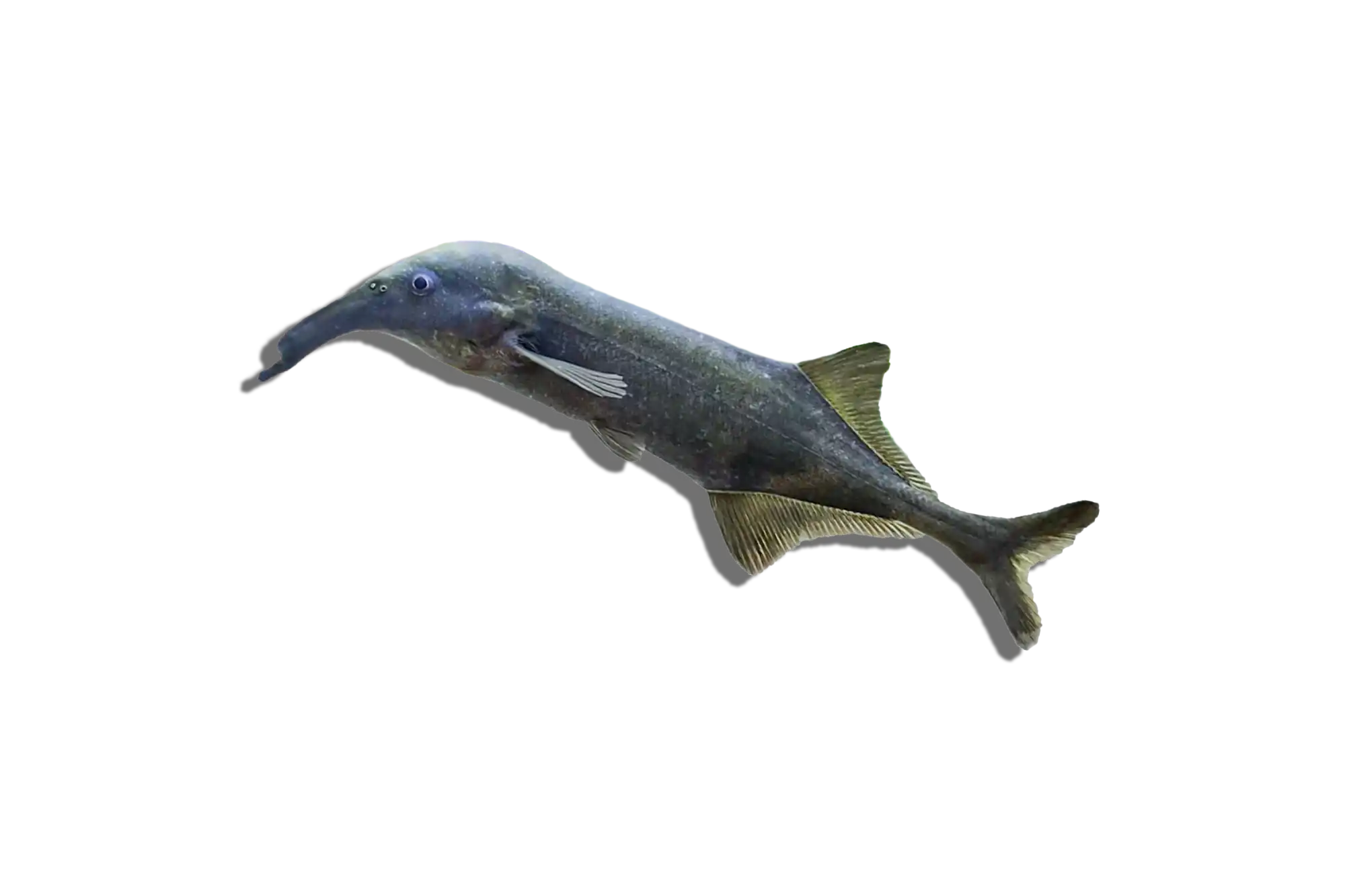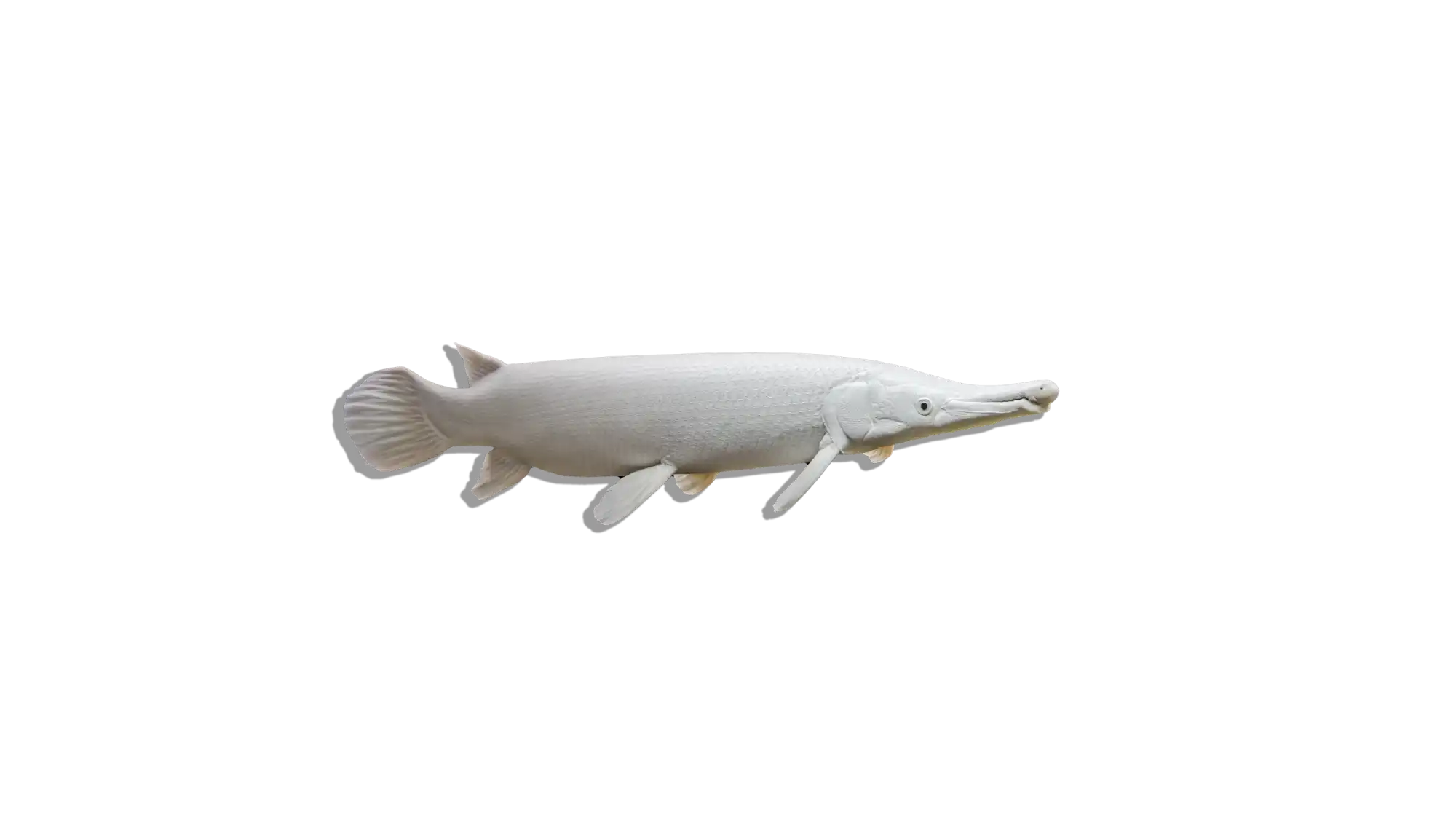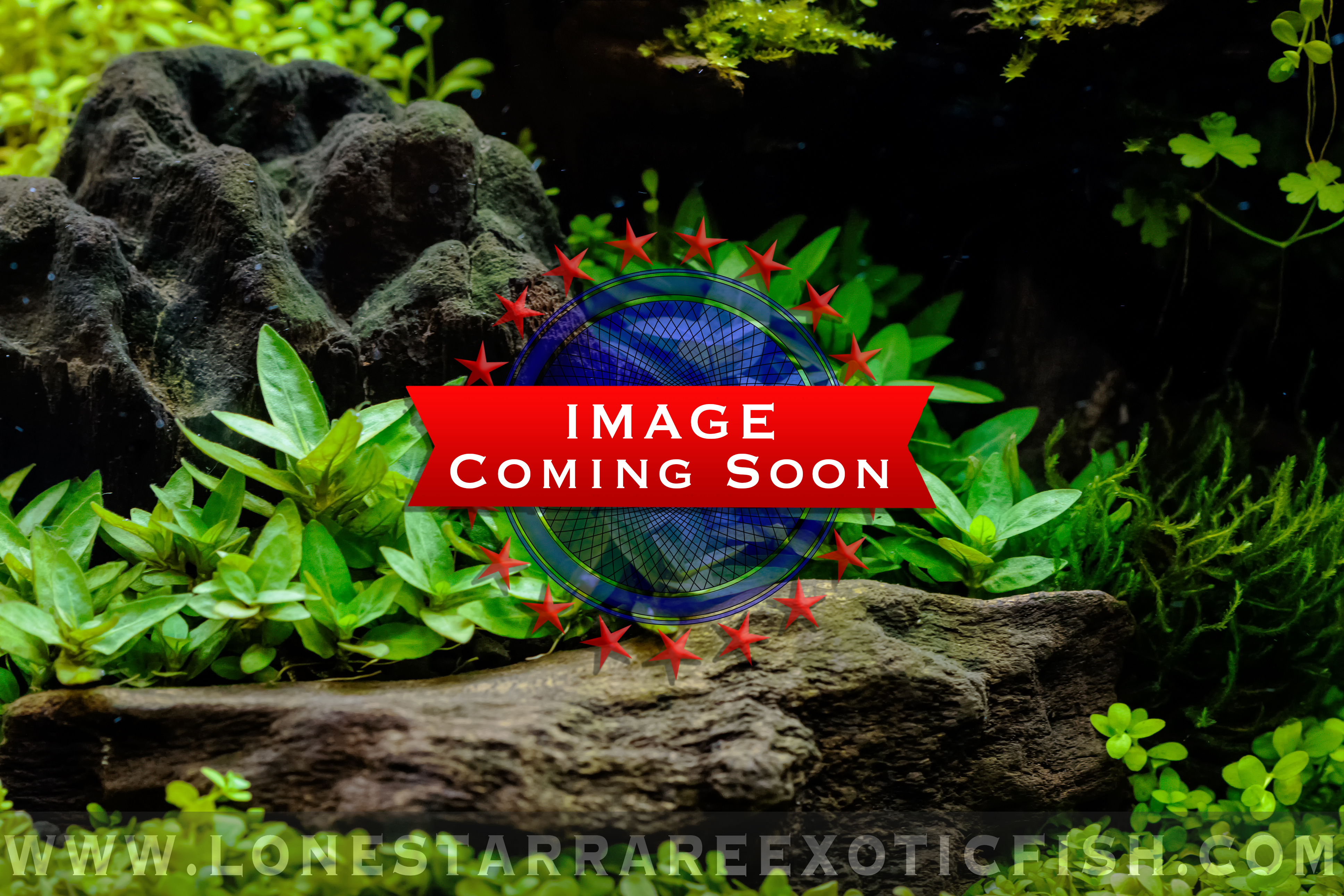Description
Common Name: Iridescent Shark Catfish
Scientific Name: Pangasianodon hypophthalmus
Other Names: Sutchi Catfish, Pangasius Catfish, Iridescent Shark
The Iridescent Shark Catfish, despite its common name, is not a shark. It gets its name due to its shark-like appearance with a sleek, torpedo-shaped body and a pronounced dorsal fin. Juveniles display a beautiful iridescent blue hue, which fades as they mature. Adult colors tend to be a muted gray. Their eyes have a unique "glow" because of a reflective layer behind the retina, giving them a more pronounced appearance.
Habitat and Distribution: Native to the Mekong basin in Southeast Asia, these fish inhabit large rivers. Their streamlined bodies are well-adapted to handle strong currents.
Size and Lifespan: This species can grow quite large. In the wild, they can reach lengths of nearly 4 feet (130 cm), but in captivity, they generally grow to about 2-3 feet (60-90 cm). They can live up to 20 years if cared for properly, but often less due to tank constraints.
Diet and Behavior: Iridescent Shark Catfish are omnivorous. In the wild, they consume algae, crustaceans, and smaller fish. In an aquarium setting, they should be provided with a varied diet, including quality pellet food, vegetables, and occasional meaty foods like worms or chopped fish. They're active swimmers, especially when young, and can be skittish, which often leads to them darting around the tank when frightened.
Breeding and Reproduction: Breeding the Iridescent Shark Catfish in a home aquarium setting is extremely rare due to their size and specific requirements. Most specimens in the aquarium trade are farm-raised in Asia.
Aquarium Care and Tank Requirements: Given their potential size, a very spacious tank – 300 gallons or larger – is essential for adults. The tank should offer open swimming areas and a strong filtration system. They can be sensitive to water quality changes, so regular water changes and monitoring are essential. Decorations should be sturdy, as they might bump into them.
Ideal Tank Mates: Due to their size and active nature, they should be kept with similarly sized, non-aggressive fish. Smaller fish might be seen as food. Suitable tank mates could include larger barbs, other large catfish, and some cichlids.
Difficulty Level: Intermediate to Advanced. Their rapid growth and sensitivity to water conditions can make them challenging for novice aquarists.
Water Parameters:
- Temperature: 72-79°F (22-26°C)
- pH: 6.5-7.5
- General Hardness (GH): 2-20 dGH
- Carbonate Hardness (KH): 3-10 dKH
- Ammonia: 0 ppm
- Nitrite: 0 ppm
- Nitrate: <20 ppm
Additional Information:
- While they're commonly sold as small, attractive juveniles in pet stores, potential owners should be aware of their rapid growth and considerable adult size.
- Due to their skittish nature, it's not uncommon for them to injure themselves by darting into tank walls or decorations when startled.
- In some parts of their native range, the Iridescent Shark Catfish is an important food fish and is aquacultured for this purpose.

